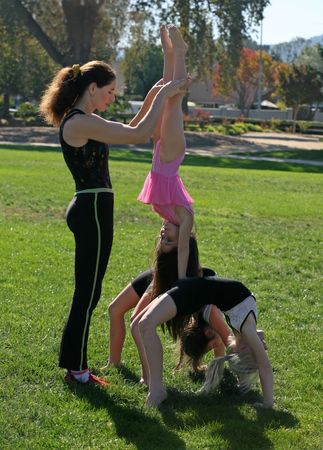Note that your final mark will not be saved in the system.
Guidance and Feedback Typeit
Type the correct answers into the spaces. Fill all the spaces before clicking ‘Check Answers!’

Feedback can be used by an athlete or a coach to provide motivation to optimise performance. Athletes can also be guided by coaches, peers or even themselves in order to improve either current or subsequent performance. There are different types of feedback and guidance an athlete can use, which can be received before, during or after a performance. It is important that coaches work together with the athlete to deliver the types of feedback and guidance that work best for them and will get the most out of their performance.
There are four different types of feedback performers may receive or use.
| Intrinsic feedback | Feedback that comes from the , such as a player who doesn't think they've performed well in competition and tells themselves that they must improve next time. Autonomous performers can use this type of feedback best. |
| feedback | Feedback that comes from outside the player, such as a conversation with the coach about how they need to lift their hips higher during the flight of their high jump. performers make more use of this type of feedback than intrinsic feedback. |
| Knowledge of | Feedback on the success or failure based on the outcome of a performance, such as a basketball team looking at the scoreboard and seeing they lost by 24 points. Cognitive performers may use this type of feedback, as they cannot yet evaluate their own performance. |
| Knowledge of performance | The success or failure of the performance of a skill, irrespective of the of the performance, such as a 200 m sprinter achieving a new personal best time, despite coming last in the race. performers are able to use this type of feedback more effectively. |
Feedback is important for a number of reasons:
- Highlights when a performer may be doing well and not so well
- Can be used as a source of
- Can be used to monitor with a skill
- Can strengthen the bond between coach and performer
- Prevents repetition of poorly executed skills (i.e. avoids bad habits)
There are also four types of guidance coaches can use with athletes at different stages of learning:
| guidance | Guidance that is given by providing physical contact that aids the performer in their movement, such as a parent teaching their child how to swing a golf club by performing the movement with them. This type of feedback is important for those in the cognitive stage of learning. |
| guidance | Guidance that is given via word of mouth, such as the coach giving tactical instructions to their team at half-time. Those in the stage of learning are more likely to be able to understand the technical terms the coaches may use. |
| visual guidance | Guidance that is provided by a movement without physical contact, such as a cricket coach showing how to cup both hands together to catch a ball. This should be paired with other types of guidance to allow those in the stage of learning to fully understand. |
| guidance | Guidance using equipment to progress a skill, such as the use of small-sized footballs to progress control before moving on to the larger ones used in the professional game. This type of guidance is great for those in the cognitive stage of learning and for high-risk skills, such as performing a somersault. |